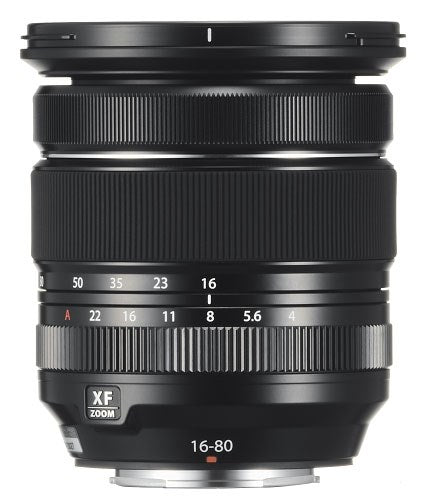Product Description
Fujifilm Fujinon XF 16-80mm F4 R OIS WR Lens
The latest addition to the X Series lens lineup boasts the highest amount of optical stabilisation in any interchangeable lens. Lightweight (440g) and Compact (88.9mm in length, it boasts a range of focal lengths from wide-angle to mid-telephoto with a constant F4 aperture making it the ideal lens to travel with.

This new lens has a maximum aperture value of F4 throughout the focal length of 16-80mm (equivalent to 24-122mm in the 35mm film format). This lens has a minimum shooting distance of 35 cm over the entire zoom range, which gives a maximum shooting magnification of 0.25x. The compact and lightweight lens weighs only 440g which is approximately 40% lighter than an equivalent lens for a 35mm format system.
When attached to an X-T3 the kit weighs only 979g and 823g when combined with X-T30, making it the ultimate travel combination. This new standard zoom lens features 6.0 stops OIS, meaning you can comfortably shoot in a wide variety of situations from a night scene or indoors without worrying about camera shake.

The XF 16-80mm F4 R OIS WR is a 5x standard zoom lens that consists of 16 lens elements in 12 groups. This includes three aspherical lens elements and one ED aspherical lens to effectively control field curvature and spherical aberrations giving advanced levels of sharpness across the frame. Its inner focus AF system uses a stepping motor to drive the focusing group of lens elements quietly and quickly. The powerful OIS has an effective correction of 6.0 stops which widens the shooting scenarios the lens can be used.
The design of the lens which features metal aspects on the exterior showcases the premium quality and durability of the product. The zoom, aperture and focus rings have been designed for optimum handling and user comfort. The lens is also dust and weather-resistant, and operates at temperatures as low as -10°C.


























